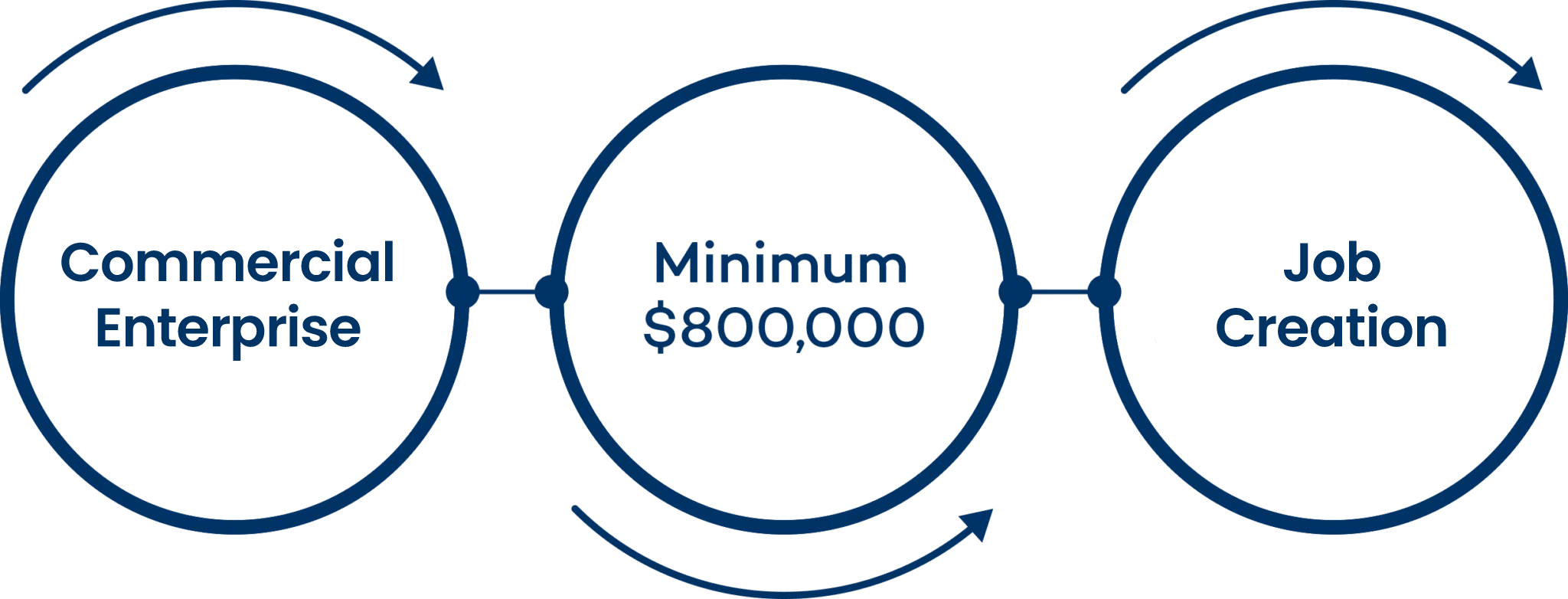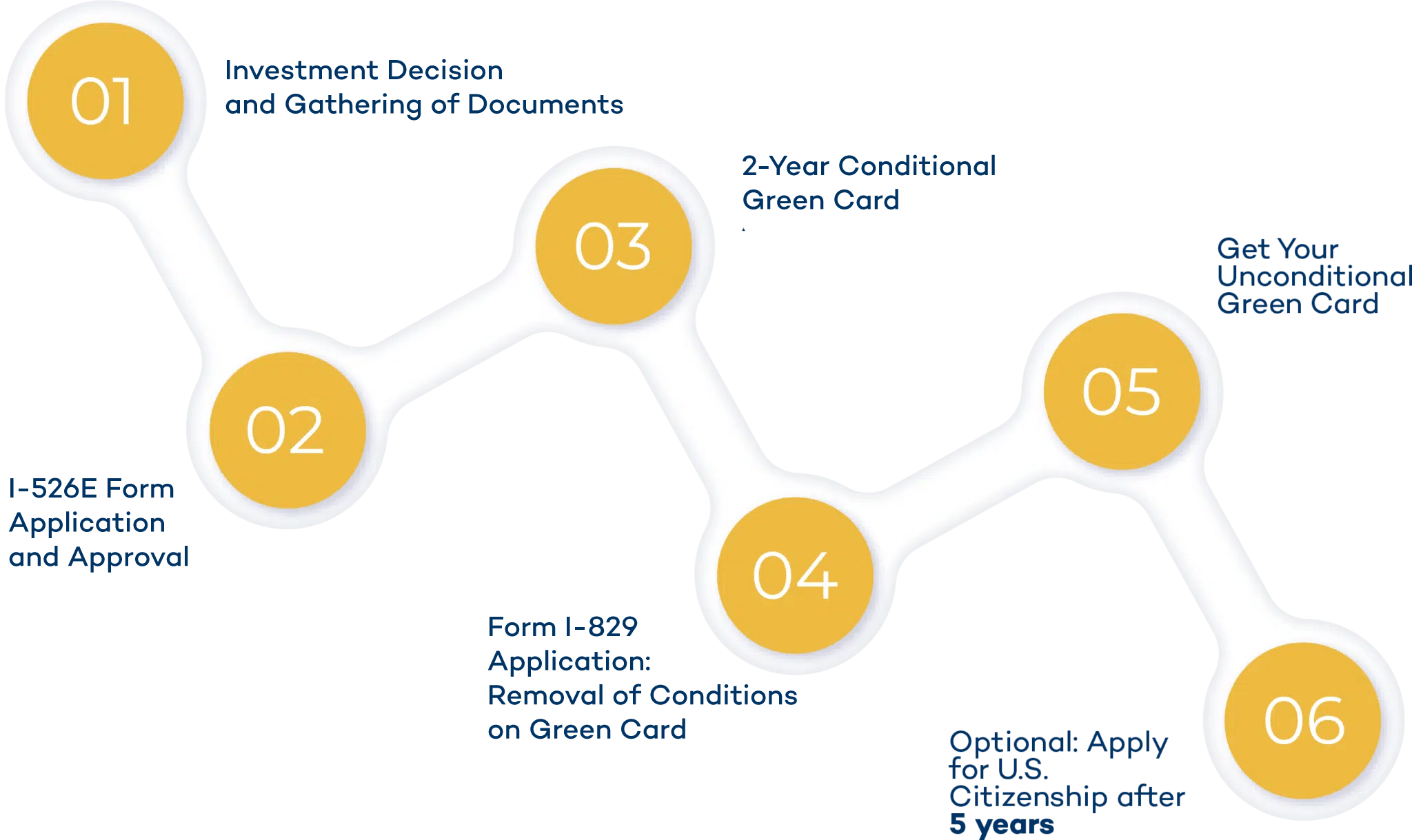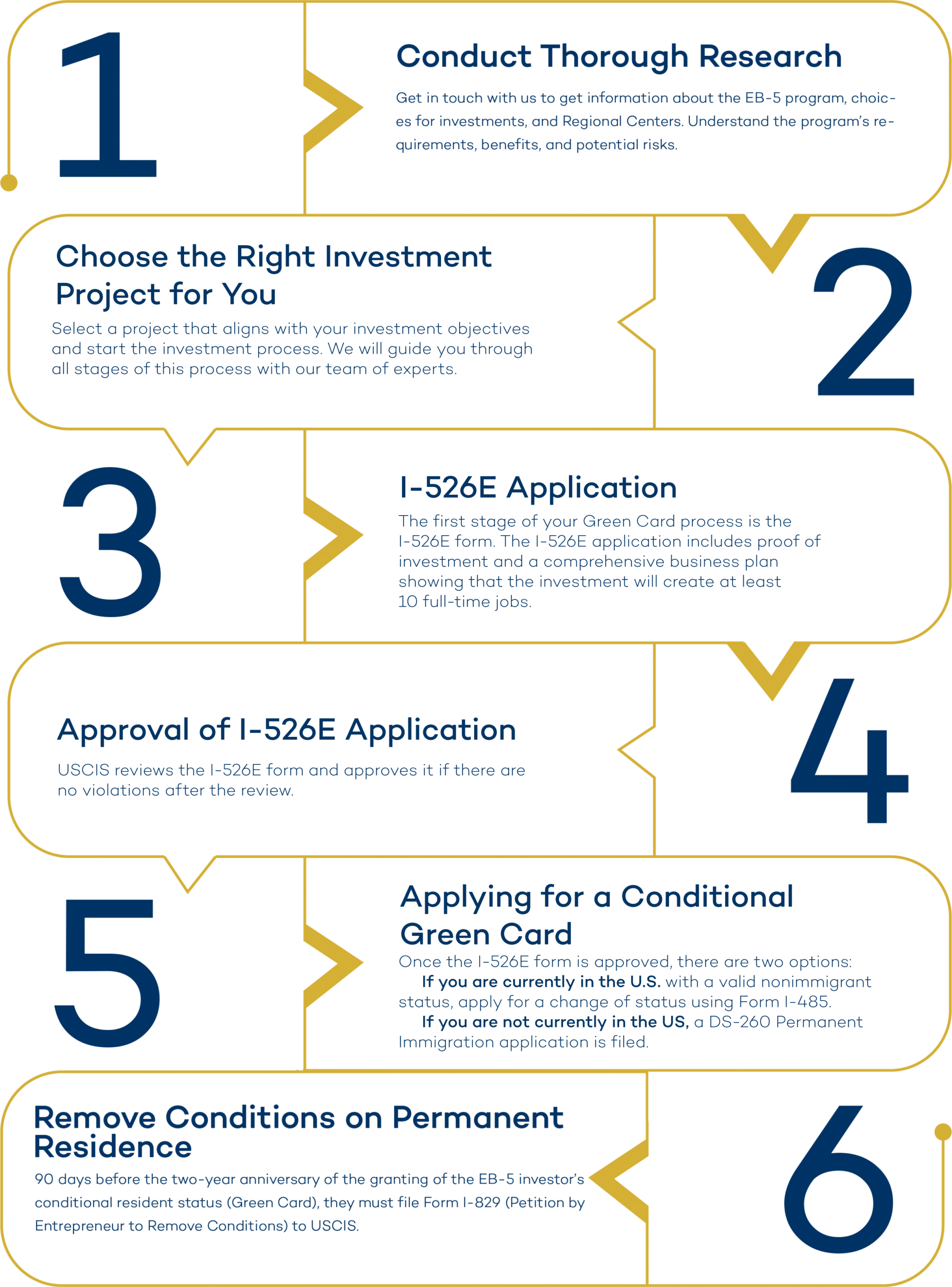What is EB5 Visa?
Requirements, Costs and Processing
The EB5 visa is a unique visa program established by the United States in 1990 to provide a pathway for eligible immigrant investors to become lawful permanent residents, known as Green Card holders.




